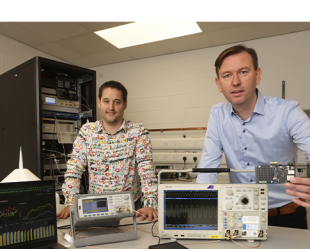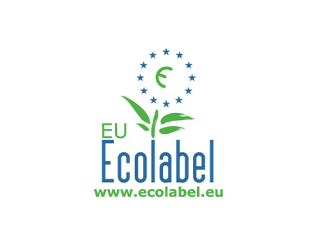Look Out for Safety Standards on Toys this Christmas
As parents shop for toys this Christmas season, NSAI is urging them to look out for particular labels and standards to keep children safe. All toys should have a visible, legible and permanent CE mark affixed to a label or packaging.
Under Irish and European law, toys must display the CE mark, which demonstrates that the manufacturer has complied with the European Toy Safety Directive and Irish and European ‘Safety of Toys’ standard (I.S. EN 71). As a result, the product will have undergone safety testing in the design and manufacture process.
“When you’re shopping for toys this Christmas, look out for the CE mark and other safety labels. These labels give you peace of mind that the manufacturer has complied with national and international standards,” said Maurice Buckley, CEO, NSAI. “These standards are there for the safety of your family.”
Tips for parents this Christmas
NSAI, Ireland’s official standards and measurement body, has the following tips for parents this Christmas season:
1. Look for the CE mark: Never buy toys that don’t have the CE mark. All toys for sale in Ireland must have the CE safety mark affixed. The CE mark is a declaration from the toy maker that the toy complies with all applicable EU safety rules, among the strictest world-wide, and it shows that the product complies with the particular safety requirements of the European Toy Safety Directive. A declaration indicating compliance with EN 71, the European standard for toys, can also be placed on the toy along with the CE mark. This indicates that the toy complies with all relevant safety requirements, for example that it is made from a non-toxic material.
2. Don’t forget safety gear: Every Christmas, Santa is inundated with requests for wheeled items, such as scooters, bikes, roller blades and skateboards. It is important that parents ensure their children use the right protective gear when using their new gifts. The CE Mark is also required for personal protective equipment, such as helmets and knee and elbow pads. Never buy protective equipment without a CE Mark.
3. If buying online, buy from a trustworthy source: Always buy toys from trustworthy online outlets to ensure that all products purchased are genuine and comply with the relevant standards and have the appropriate markings affixed. In addition, check for any missing parts, loose screws or faulty wiring, before giving them as presents.
4. Check second hand toys: Carefully check toys bought second-hand and toys given away by friends. As the products are older, they may not meet current safety standards. NSAI is advising consumers to ensure that second hand products display the CE mark and are still in a safe condition. Make sure you read all warnings and instructions and be aware of age and safety recommendations.
5. Look for the CE mark on Christmas lights: Many home owners are decorating their homes with outdoor Christmas decorations and lights. However, these outdoor lights are much hotter than indoor lights and can often overheat. NSAI advises Irish consumers to use lights and electrical goods that carry the CE mark to help prevent any electrical fires.
“Though our work is often invisible, standards are part of your life every day,” said Maurice Buckley. “You expect, for example, that the seat belt you put on when you get in the car will keep you safe because it is made to a standard; the brakes will work because they are made to a standard; the toys your children play with are made to standards. Most of the products we encounter in any day, the services we use, will all be governed by standards. And at this time of year we’re asking people to pay more attention to them for a safe Christmas.”
Contact NSAI
- Peter O'Reilly, Press Officer, 01 807 3804 peter.oreilly@nsai.ie
- NSAI Head Office 01 807 3800 info@nsai.ie



